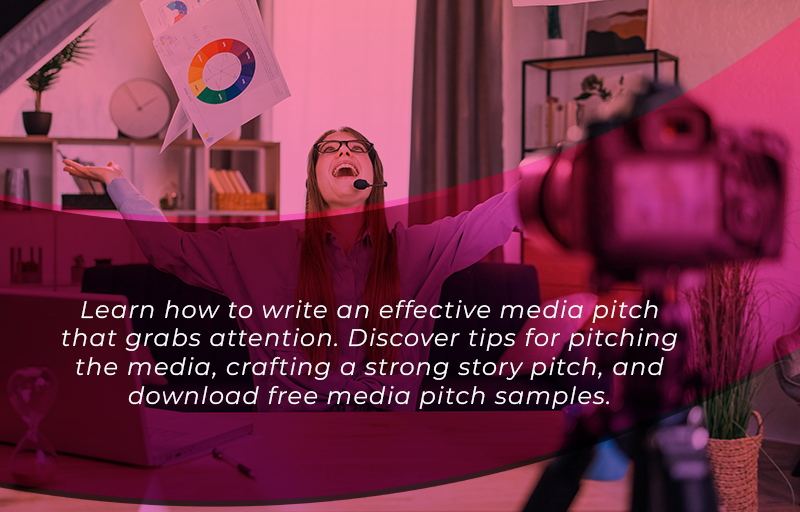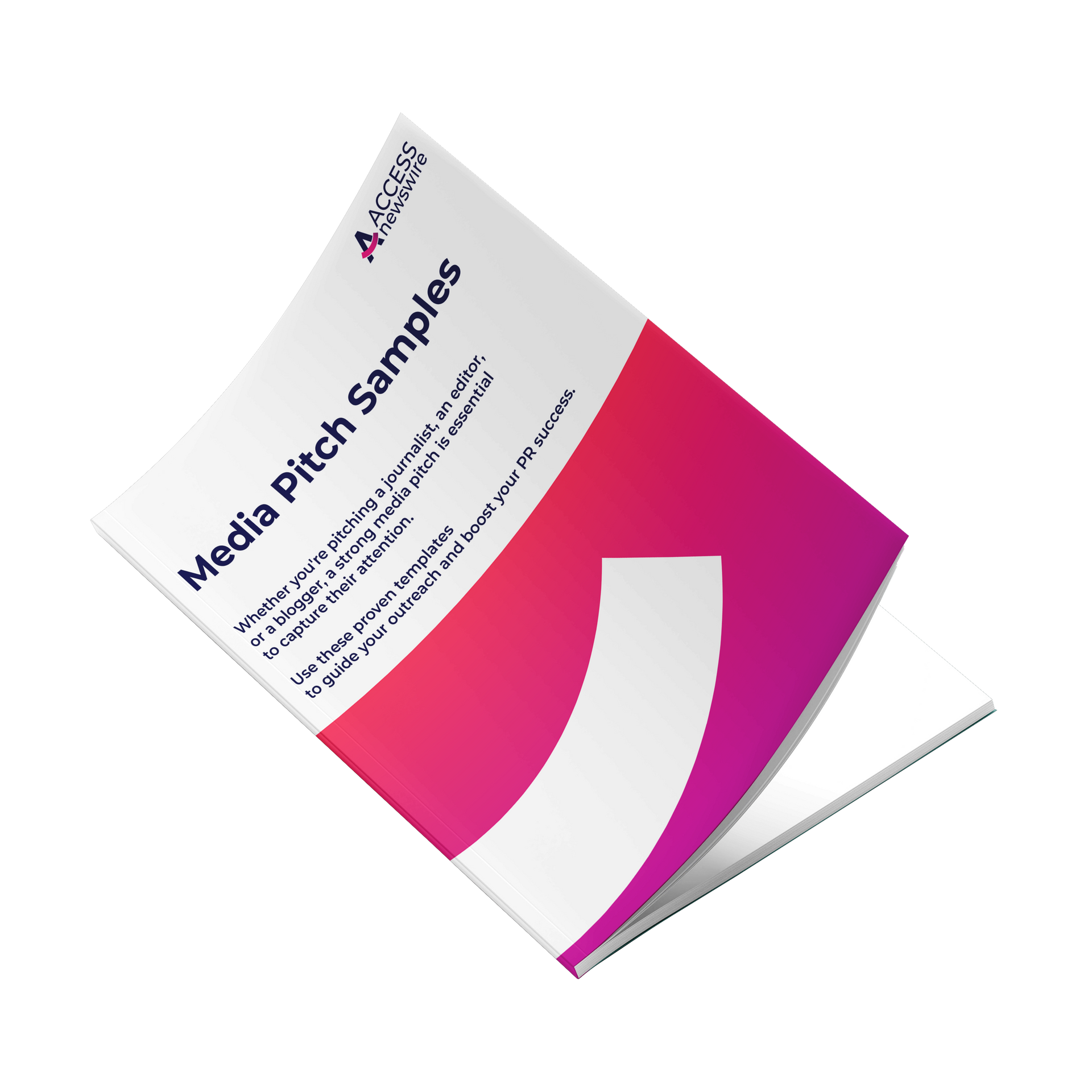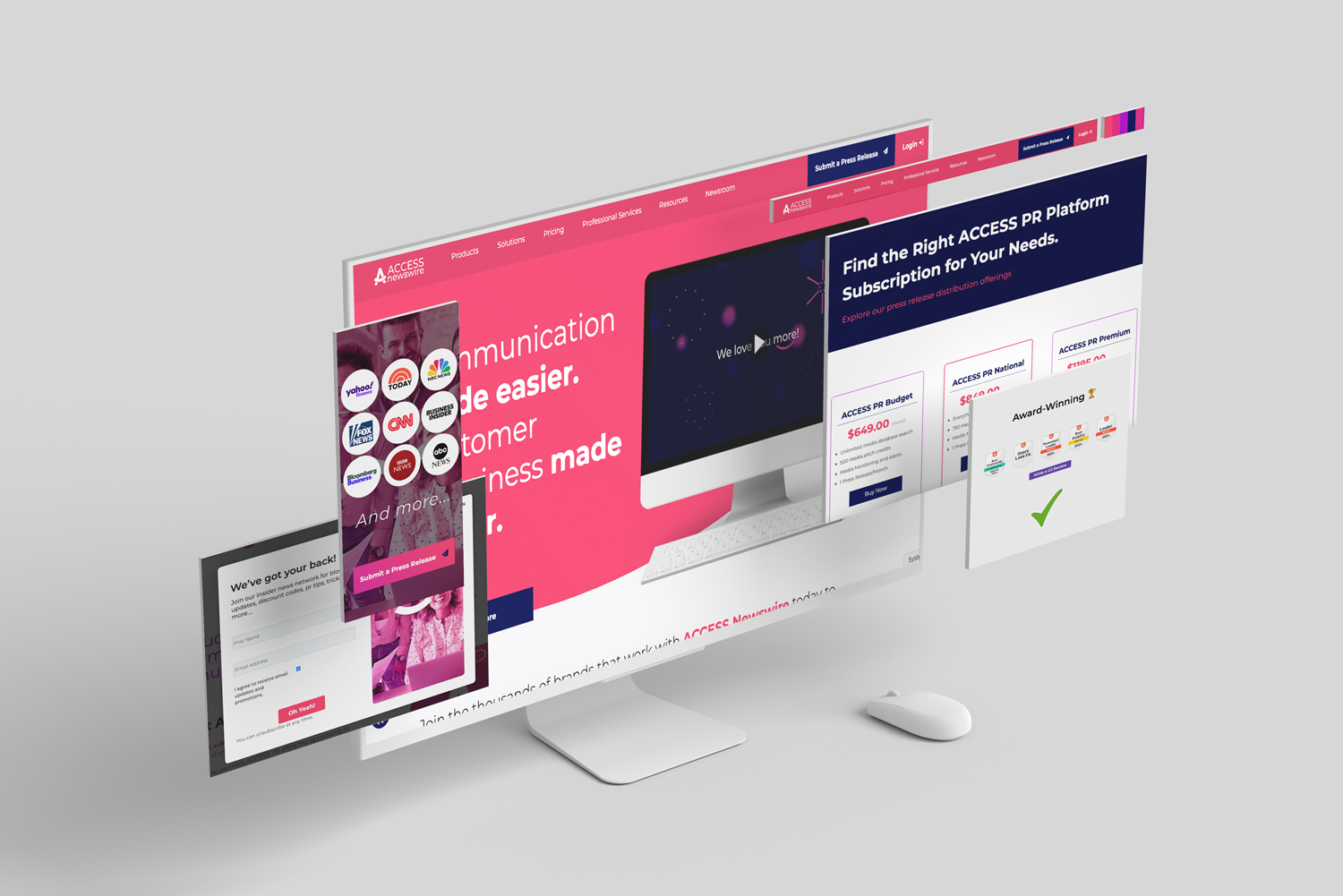In public relations, knowing how to craft a strong media pitch is one of the most important skills for generating coverage. Unlike a press release, which broadly shares information, a story pitch is a personalized, strategic communication that intrigues journalists and compels them to learn more.
Whether you're pitching the media for a product launch, a major announcement, or an expert interview, mastering the elements of an effective media pitch can significantly boost your PR results.

What is a Media Pitch?
A media pitch is a concise, direct message sent to journalists, editors, or bloggers with the goal of sparking interest in a story idea, product, or event. While a press release delivers full information, a story pitch acts more like an invitation to a conversation.
Done right, pitching the media opens the door to valuable earned media coverage, building credibility and amplifying your brand.
Key Elements of
an Effective Story Pitch
1. A Captivating Subject Line
The subject line is the first—and sometimes only—chance to grab attention. It should be short, clear, and intriguing, often hinting at exclusivity, timeliness, or impact.
- Use relevant keywords to show the journalist why the pitch matters
- Create urgency if appropriate, but avoid clickbait
- Avoid excessive caps or overly promotional language
2. Personalized Greeting and Connection
Always address journalists by name and reference their recent work. Personalization shows you’ve done your homework and increases your chance of getting a reply.
- Mention a recent article or trend they’ve covered
- Tie your
story pitch directly to their beat or interest area
3. An Engaging Hook
Your opening line should immediately show why the story is relevant, timely, and interesting. A good hook sparks curiosity and positions your pitch as valuable to their audience.
- Align with trending topics or emerging issues
- Offer unique insights, surprising facts, or exclusive access
4. A Clear, Concise Body
Quickly explain the who, what, when, where, why, and how of your story. Respect the journalist’s time by keeping it short but impactful.
- Highlight the most newsworthy angles
- Avoid jargon and make the pitch easy to skim
5. Strong Call to Action
Close with a simple, clear CTA: invite the journalist to set up an interview, attend an event, request more info, or schedule a demo.
- Encourage prompt responses without being pushy
- Make next steps easy and obvious
6. Complete Contact Information
Always provide your direct email, phone number, and any relevant links. Make it effortless for journalists to respond and follow up.
Media Pitching Strategies
by Media Type
Pitching News Editors
When pitching a news editor:
- Emphasize timeliness and relevance to current events
- Highlight exclusive access or breaking information
- Focus on broad public interest
Pitching Journalists
When pitching the media directly to journalists:
- Personalize the pitch to align with their specific beat
- Offer access to key figures, statistics, or case studies
- Show you understand their audience's needs
Pitching Newspapers
When pitching a newspaper:
- Frame your story pitch around broad community or societal impact
- Tie the story to major headlines or trends
- Build a strong narrative that appeals to diverse readers
Examples of Strong Media Pitches
Sample Story Pitch Email
Subject: Exclusive Interview: Expert Reveals Surprising Industry Trend
Hi [Journalist Name],
I noticed your recent article on [Relevant Topic] and wanted to offer an exclusive interview opportunity with [Expert Name], a leading voice in [Industry].
[Expert Name] can share fresh insights on [Trend or Issue], offering your readers a unique, timely perspective. Would you be interested in setting up a conversation this week?
Happy to coordinate at your convenience.
Best,
[Your Name]
[Your Contact Info]
Sample Media Pitch for a Product Launch
Subject: Innovative Solution Launches to Solve [Problem]
Hi [Journalist Name],
Given your coverage of [Related Topic], I thought you might be interested in [Company Name]'s new launch: [Product Name], a game-changing solution for [Problem].
I'd love to arrange a quick demo or send more details if you're interested in covering this innovation.
Best regards,
[Your Name]
[Your Contact Info]
Common Mistakes
When Pitching the Media
- Generic mass emails: Always personalize!
- Too much jargon: Keep it simple and accessible.
- Long-winded pitches: Be brief and get to the point.
- No clear CTA: Always guide the journalist on what to do next.
Pro Tips for Pitching
the Media Successfully
- Research before reaching out: Tailor your pitch to the journalist’s style and audience.
- Think like a journalist: Focus on what’s newsworthy and why it matters now.
- Build relationships, not just one-offs: Offer value over time, not just when you need coverage.
- Follow up tactfully: A polite nudge after a few days is acceptable if you haven’t heard back.
Why a Strong Media Pitch Matters
In today's saturated information landscape, journalists are inundated with hundreds of pitches daily. A strong media pitch cuts through the noise by being personalized, timely, and valuable.
When you master the art of
pitching the media, you’ll not only secure better coverage—you'll build trusted relationships that benefit your brand long term.
🎯 Download FREE
Media Pitch Samples!
Ready to write your own winning media pitch?
👉 Download our FREE Media Pitch Templates — including real examples and formats for different media types!
Make your next story pitch stand out with proven templates and expert guidance.













